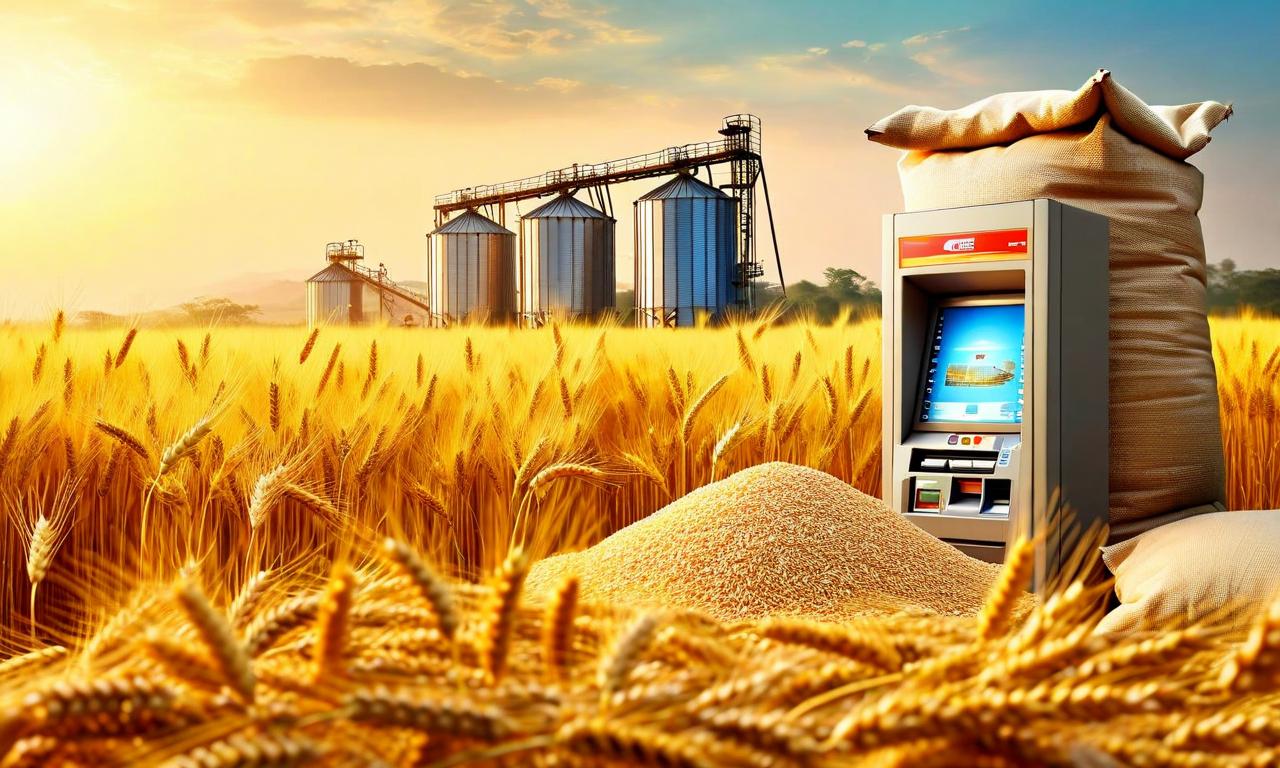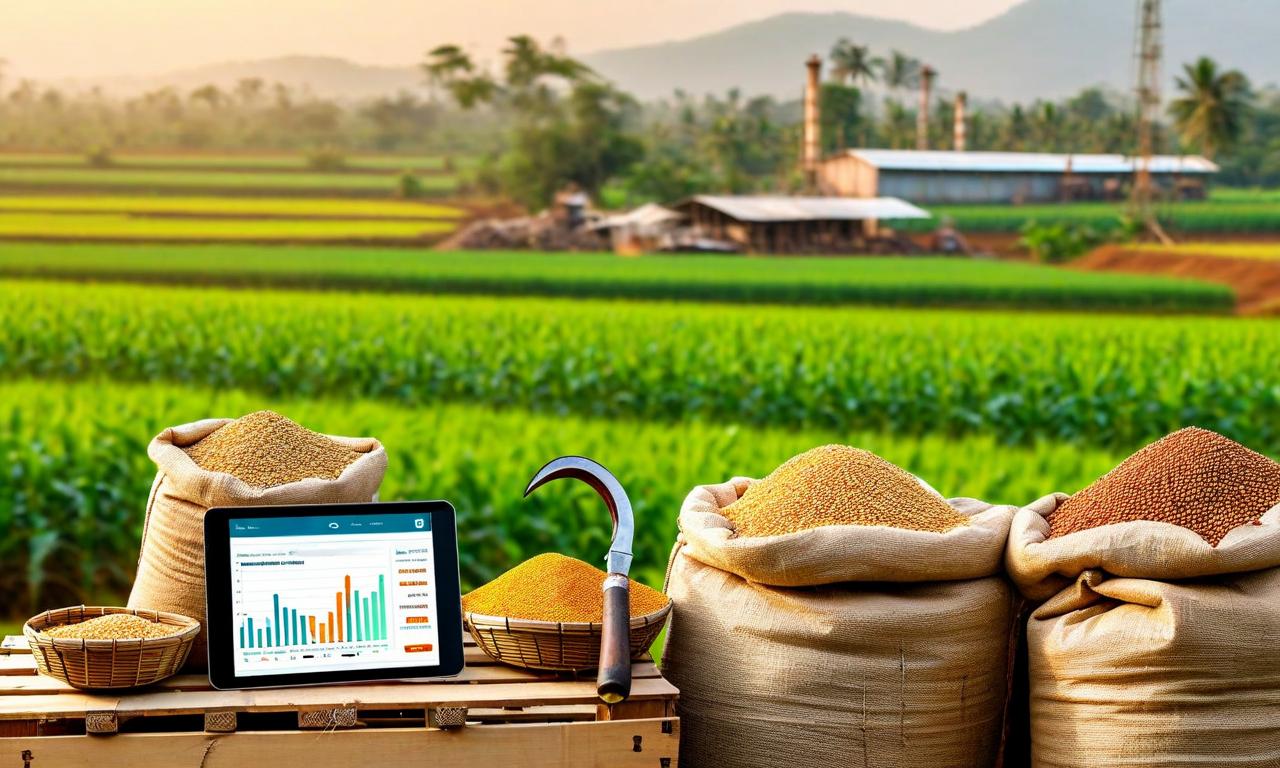UN World Food Programme Turns to India as Western Funding Plummets
The UN World Food Programme (WFP) is dealing with a 40% funding cut from Western countries, prompting a shift towards partnerships with emerging powers, particularly India. India, once food-scarce, is now a global aid supplier, offering innovative solutions like grain ATMs and rice fortification. WFP plans to sign an MoU with India for fortified rice procurement. Despite these efforts, WFP faces challenges in Gaza and Afghanistan, with global food insecurity affecting 320 million people. The funding crisis forces tough decisions in resource allocation between hungry and starving populations.

*this image is generated using AI for illustrative purposes only.
The United Nations World Food Programme (WFP) is facing a critical juncture as it grapples with a staggering 40% reduction in funding from Western countries. In response to this financial crisis, the organization is pivoting towards strengthening partnerships with emerging powers, with India taking center stage in this strategic shift.
India: From Food Scarcity to Global Aid Supplier
Carl Skau, WFP Deputy Executive Director, has highlighted India's remarkable transformation from a nation once plagued by food scarcity to its current status as a global aid supplier. This evolution is seen as crucial in addressing the escalating global hunger crisis.
Innovative Solutions Scaling Globally
India's contributions to the WFP extend beyond mere food supply. The country has developed a range of innovative solutions that are now being implemented on a global scale:
- Grain ATMs
- Rice fortification techniques
- Smart warehousing systems
- Supply chain optimization
These innovations have already yielded significant results. The partnership between India and WFP has generated USD 30.00 million in savings through supply chain improvements applied in Ethiopia and Sudan.
Strengthening Ties: MoU for Fortified Rice
In a move to further solidify this partnership, WFP plans to sign a memorandum of understanding with India. This agreement aims to establish a predictable procurement system for fortified rice, enhancing the organization's ability to respond to nutritional needs worldwide.
Global Challenges Persist
Despite these positive developments, the WFP continues to face significant challenges in various regions:
Gaza
The organization assists one million people monthly but faces severe access issues. While 300-400 trucks are needed daily, only about 100 are currently able to enter.
Afghanistan
Assistance has dramatically decreased from nearly 10 million people three years ago to just 1-2 million currently.
The Global Hunger Crisis
The scale of global food insecurity remains alarming:
- 320 million people are acutely food-insecure globally
- Two-thirds of these individuals are affected by conflict
Tough Decisions Ahead
The substantial funding cuts have forced WFP to make difficult decisions in allocating resources between hungry and starving populations. This financial constraint underscores the critical importance of partnerships like the one with India, as the organization strives to maintain its life-saving operations in the face of reduced Western support.
As the WFP navigates these challenging times, the collaboration with India serves as a model for future partnerships, demonstrating how emerging powers can play a pivotal role in global humanitarian efforts.
























